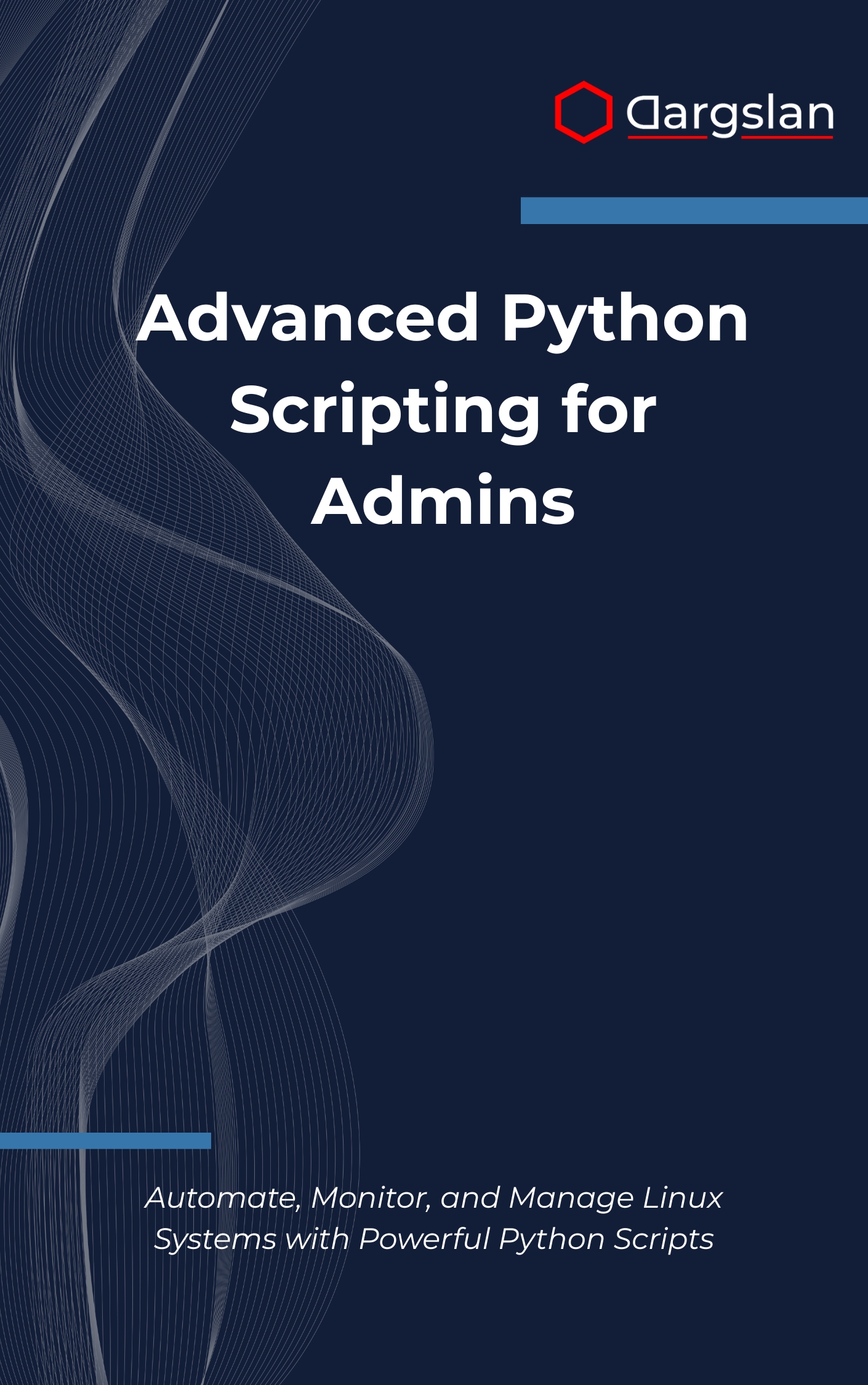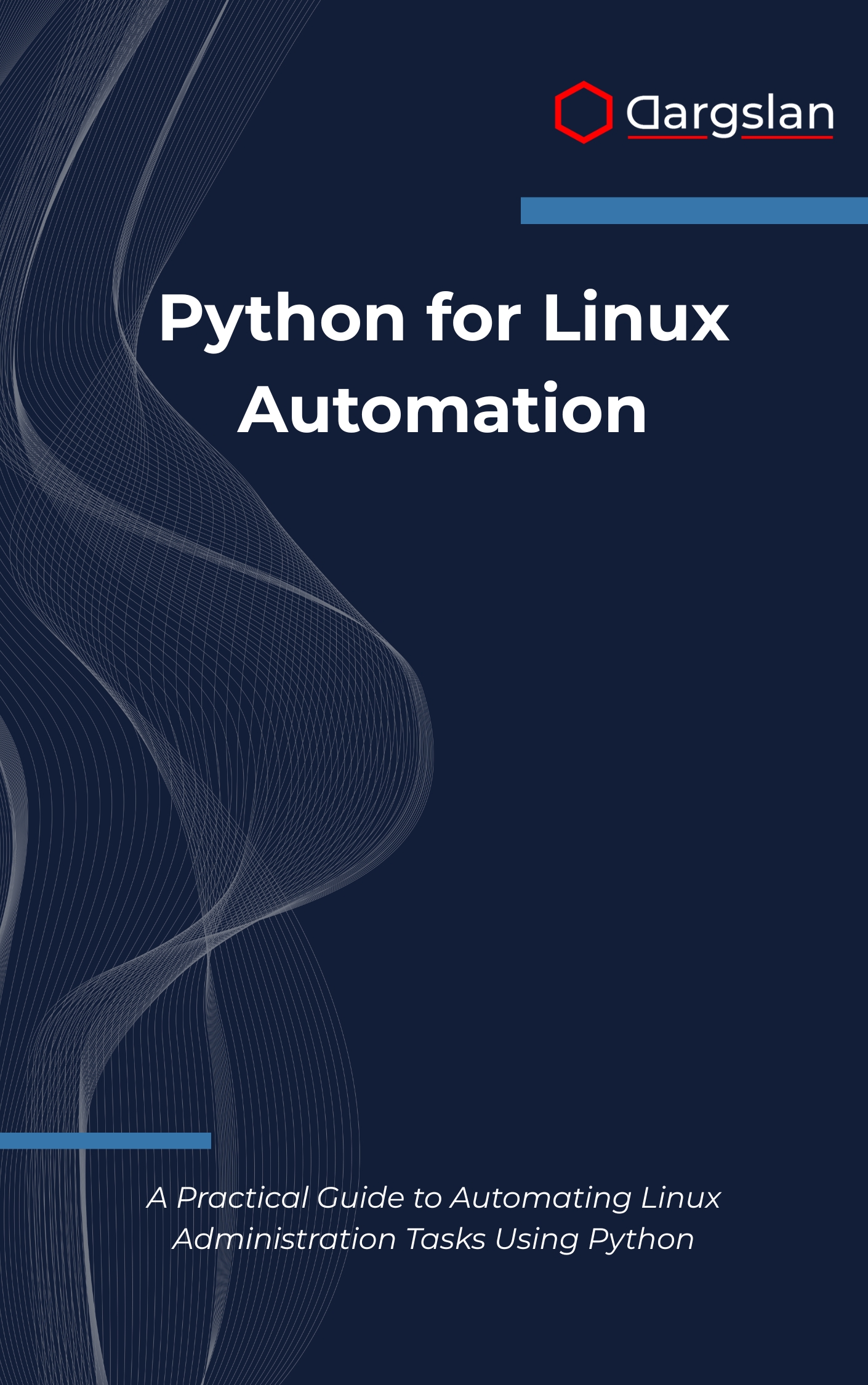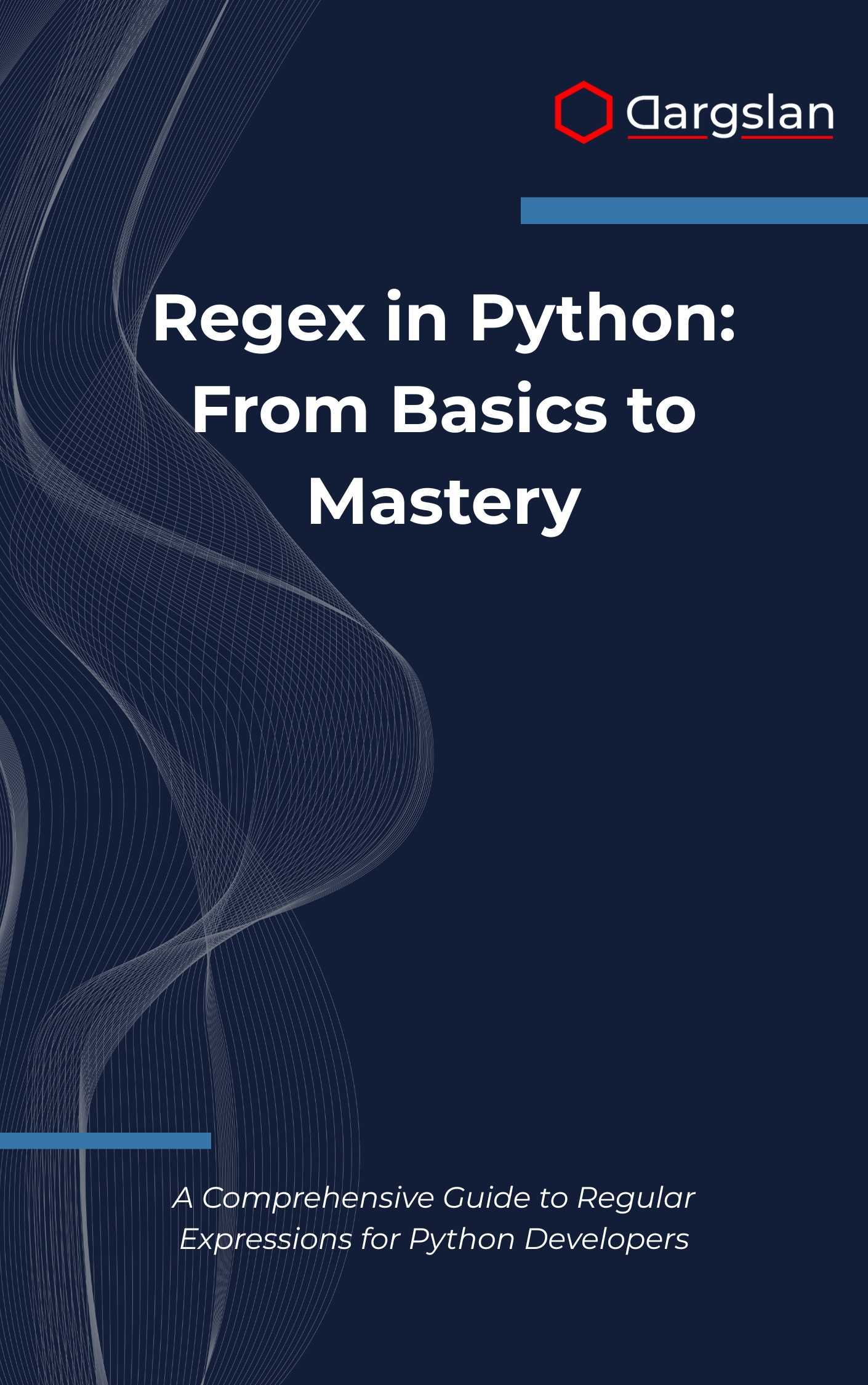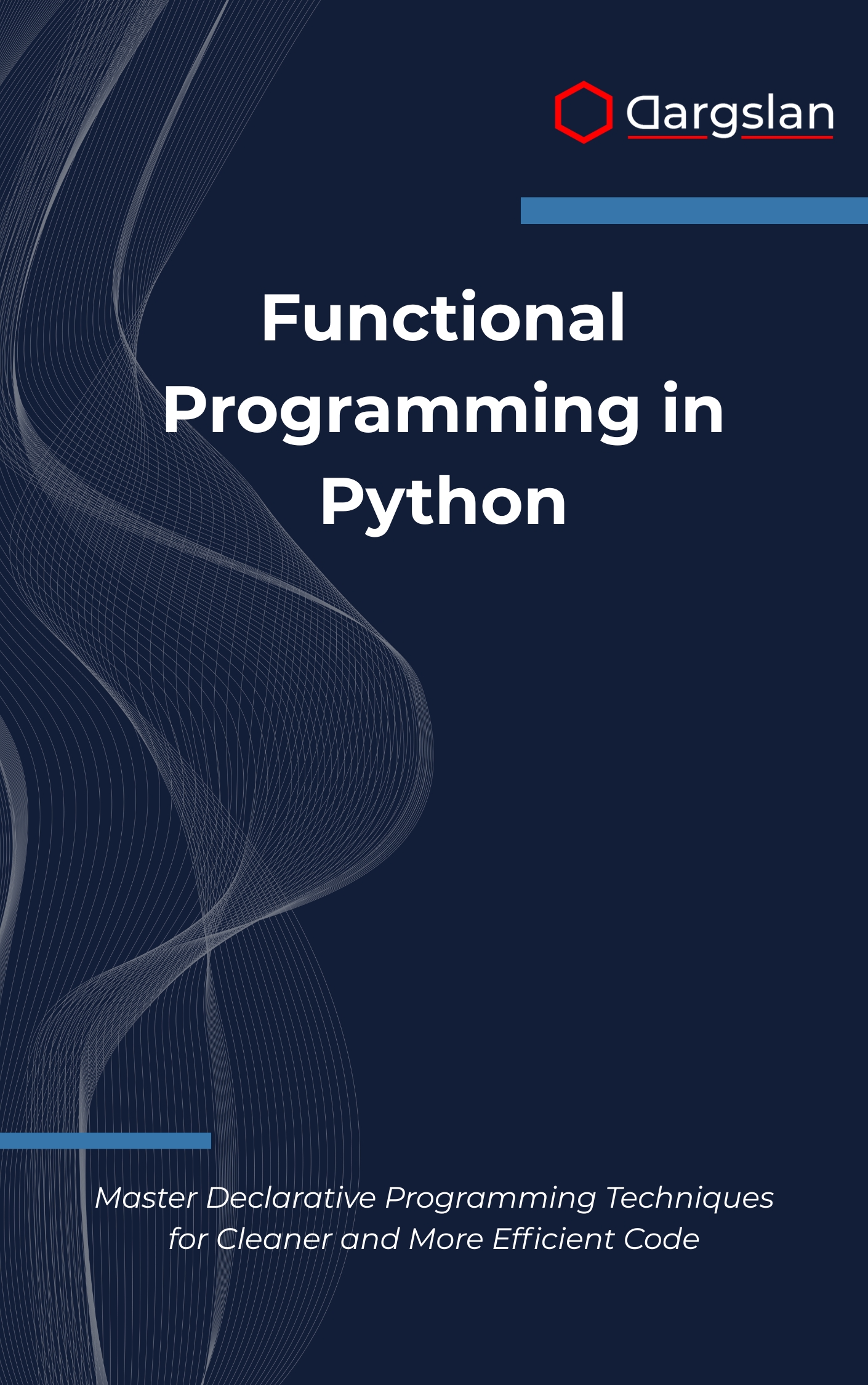Python for Data Parsing: JSON, CSV, and XML
GUI Development in Python with Tkinter: A Practical Guide to Building Desktop Applications,Create modern desktop apps with Tkinter, Python’s built-in GUI toolkit.
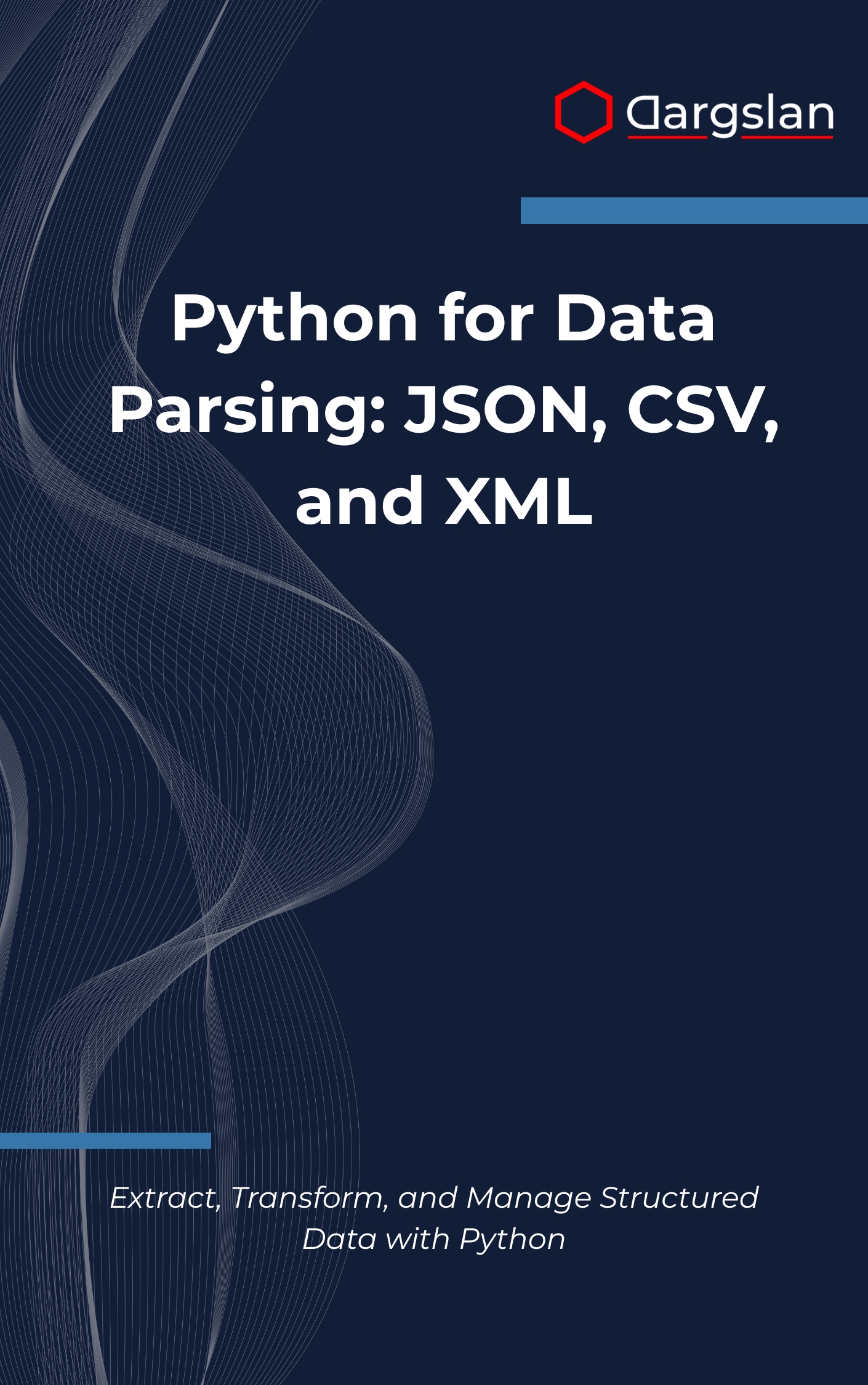
Extract, Transform, and Manage Structured Data with Python
Overview
Python for Data Parsing: JSON, CSV, and XML is a comprehensive IT book and programming guide that turns complex data workflows into practical steps you can use right away. With a strong focus on Extract, Transform, and Manage Structured Data with Python, it covers JSON parsing and manipulation, CSV file processing, XML document handling, data format conversion, and web API integration using Python standard library modules alongside pandas data analysis and lxml XML processing. You’ll also master error handling and validation, performance optimization, data transformation techniques, nested data structures, and real-world parsing projects, all framed as a clear, practitioner-friendly technical book for modern data processing.
Who This Book Is For
- Software engineers who need reliable pipelines for ingesting JSON, CSV, and XML at scale. You’ll learn how to combine Python’s standard library with pandas and lxml to build resilient, maintainable parsing layers that plug directly into your web apps and microservices.
- Data analysts and scientists looking to speed up data preparation. Expect concrete methods for CSV file processing and data format conversion, robust error handling and validation, and repeatable transformations that turn messy inputs into clean, analysis-ready datasets.
- IT professionals and integration specialists working across enterprise systems. If you face APIs, legacy XML, or nested data structures, this book will help you streamline web API integration, reduce operational friction, and move data with confidence.
Key Lessons and Takeaways
- Build end-to-end parsing workflows that handle JSON parsing and manipulation, CSV file processing, and XML document handling without brittle hacks. You’ll structure code for clarity and production readiness, from file I/O to schema-aware validation.
- Apply Python standard library modules effectively—json, csv, and xml.etree—then level up with pandas data analysis and lxml XML processing for performance and flexibility. You’ll see when to use built-ins, when to reach for third-party libraries, and how to combine them cleanly.
- Design resilient pipelines with error handling and validation baked in. You’ll implement practical data transformation techniques, manage nested data structures, and apply performance optimization patterns that keep your jobs fast and dependable.
Why You’ll Love This Book
This guide balances clarity with depth, offering step-by-step guidance that moves from fundamentals to advanced techniques through hands-on, real-world parsing projects. Each chapter focuses on practical examples—like converting XML feeds to CSV or normalizing complex JSON from web APIs—so you can immediately apply what you learn. The result is a trustworthy companion for everyday data processing tasks and long-term maintainability.
How to Get the Most Out of It
- Start with the foundational chapters to master JSON, CSV, and XML basics, then progress into data format conversion and web API integration. This progression ensures you build a solid mental model before tackling advanced transformations.
- Recreate the examples with your own datasets to make concepts stick. Try adapting validation rules, altering schemas, or benchmarking different parsing approaches to see how performance optimization impacts throughput.
- Tackle mini-projects after each section: convert a nested JSON response into tidy CSV, refactor an XML ingestion script using lxml, or build a small service that validates and merges multiple data sources. These exercises reinforce best practices for production environments.
Deep-Dive Highlights
- JSON excellence: Move beyond basic loads and dumps to tackle nested data structures, selective extraction, and schema normalization. You’ll write transformation functions that flatten hierarchies, map fields, and preserve metadata for downstream analytics.
- CSV mastery: Learn to ingest large files efficiently, handle delimiters and encodings, and validate row-level constraints. With pandas data analysis, you’ll convert raw CSVs into feature-rich tables, join datasets, and export precise output formats.
- XML without the pain: Use the standard library for simple trees, then upgrade to lxml XML processing for XPath queries, namespaces, and streaming large documents. You’ll cleanly transform legacy XML into modern JSON or CSV for easier consumption.
- API-first workflows: Confidently pull data from REST endpoints, paginate results, and retry intelligently. You’ll integrate authentication, throttling, and caching, then unify feeds via data transformation techniques that produce consistent, validated records.
- Quality and reliability: Implement error handling and validation strategies that catch anomalies early, from strict type checks to schema enforcement. You’ll log, test, and monitor parsing jobs so they remain predictable in production.
- Speed where it counts: Apply performance optimization patterns—vectorization, streaming, chunked I/O, and memory-aware parsing—to keep jobs fast even at scale. You’ll compare approaches and pick the right tool for your constraints.
Real-World Use Cases You’ll Recreate
- Transform a nested JSON API into normalized CSV tables for dashboards and reporting. You’ll address pagination, field mapping, and type coercion while preserving lineage for audits.
- Convert enterprise XML exports into analytics-ready parquet after schema validation. The workflow demonstrates robust XML document handling and automated checks that keep pipelines trustworthy.
- Unify multiple CSV sources into a consistent model, then publish to a data lake with incremental updates. You’ll practice deduplication, data format conversion, and reproducible jobs backed by tests.
What Sets This Guide Apart
Unlike generic references, this resource connects concepts directly to outcomes: accurate, maintainable datasets delivered on time. The examples are production-aware, demonstrating how to design for failures, schema drift, and evolving requirements.
Get Your Copy
Give yourself a proven playbook for structured data—one that simplifies daily tasks and scales to complex integrations. If you need dependable pipelines, clean transformations, and confident delivery, this is the guide you’ll use again and again.

